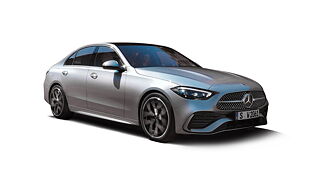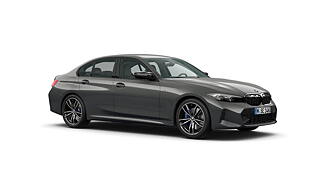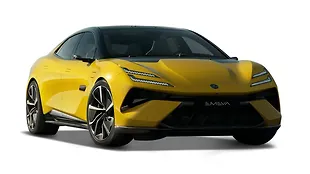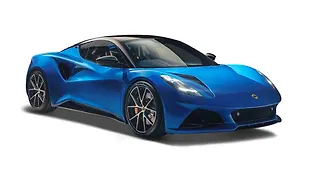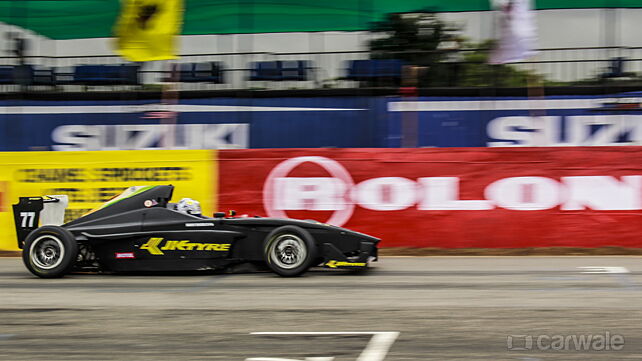
It had been a while since I had been to race track. In the course of my many years of journalism, going to the race track usually meant a lap or two in some performance sedan/hatchback/coupe followed by a boat load of photos and social media posts. But this time around, the boat load of photos and social media posts were courtesy of something quite different.
A Euro JK 18 race car.
And my god, what a machine this beast is. In essence, the latest generation of the erstwhile formula BMW Asia Pacific Series, JK has been running this series for quite a while now and it has churned some of the best racing talent from the country like Armaan Ebrahim and Karun Chandok.
While visiting the Kari Speedway to cover the first round in the JK Tyres FMSCI national championship, here are five things that we learnt about the Euro JK18 race car.

1. BMW Power
Well, this is pretty obvious given that I’ve already told you that this was the erstwhile Formula BMW Asia Pacific Series. But it’s the details that got us really excited. The engine is a 1.2-litre four-cylinder from the K1200RS a.k.a the flying brick. Here it has been tuned to produce around 160bhp and with a car that weighs under 600kgs, that’s a lot of motivation when you are going wheel-to-wheel.

2. Six-speed gearbox with paddle shifters
Up until around two seasons ago, the Euro JK cars used sequential gearboxes with a shift lever giving the racers a unique challenge but also putting in some old school hands-on-hands-off in cockpit action. However, beginning from last season, JK introduced paddle shifters for the six-speed gearbox and this has changed the nature of the wheel-to-wheel action on track when the cars are clocking over 180kmph and hitting the redline of 9550rpm.

3. Clutch for starts
Yes, these cars might have paddle shifters with a flat-shifting mechanism (changing gears without getting off the throttle) but when the lights go out, it is all down to the dance between driver’s left foot and right foot. Once on the go, the clutch remains a passenger and only comes into play if the driver is about to stall car.

4. Aerodynamics
All Euro JK cars feature rear wings and front wings to help the car stay planted when the action is heavy on the track. However, these are not individually adjustable ensuring that every driver gets the same setup and equal opportunity on the track.

What does become adjustable is the way the cockpit envelopes the driver. Every driver gets a custom moulded seat that is designed to fit around their physique so as to ensure maximum comfort while driving. The pedals are also adjusted to suit the seating position of the individual driver.

![BMW 3 Series [2016-2019] Image BMW 3 Series [2016-2019] Image](https://imgd.aeplcdn.com/272x153/cw/ec/20231/BMW-3-Series-Right-Front-Three-Quarter-86766.jpg?wm=0&q=80)
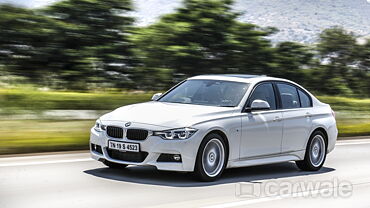





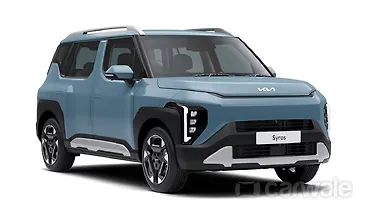

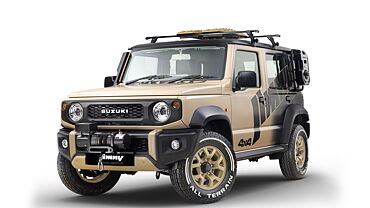

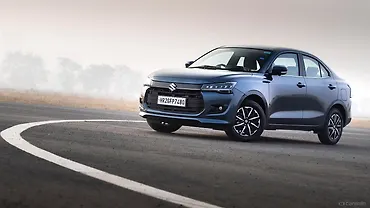
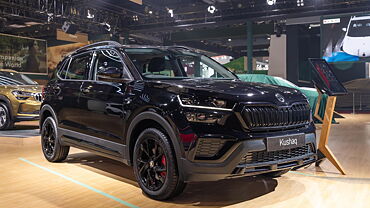

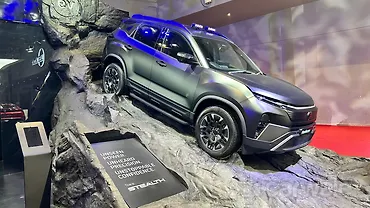
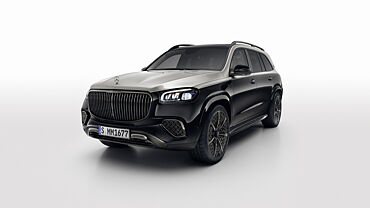
![BMW 3 Series [2016-2019] Right Front Three Quarter BMW 3 Series [2016-2019] Right Front Three Quarter](https://imgd.aeplcdn.com/199x112/cw/ec/20231/BMW-3-Series-Right-Front-Three-Quarter-86766.jpg?v=201711021421&q=80)
![BMW 3 Series [2016-2019] Right Front Three Quarter BMW 3 Series [2016-2019] Right Front Three Quarter](https://imgd.aeplcdn.com/199x112/cw/ec/20231/BMW-3-Series-Right-Front-Three-Quarter-64936.jpg?v=201711021421&q=80)
![BMW 3 Series [2016-2019] Left Rear Three Quarter BMW 3 Series [2016-2019] Left Rear Three Quarter](https://imgd.aeplcdn.com/199x112/cw/ec/20231/BMW-3-Series-left-rear-three-quarter-64939.jpg?v=20190507145921&q=80)
![BMW 3 Series [2016-2019] Interior BMW 3 Series [2016-2019] Interior](https://imgd.aeplcdn.com/199x112/cw/ec/20231/BMW-3-Series-Interior-158276.jpg?wm=0&q=80)
![BMW 3 Series [2016-2019] Interior BMW 3 Series [2016-2019] Interior](https://imgd.aeplcdn.com/468x263/cw/ec/20231/BMW-3-Series-Interior-158275.jpg?wm=0&q=80)








